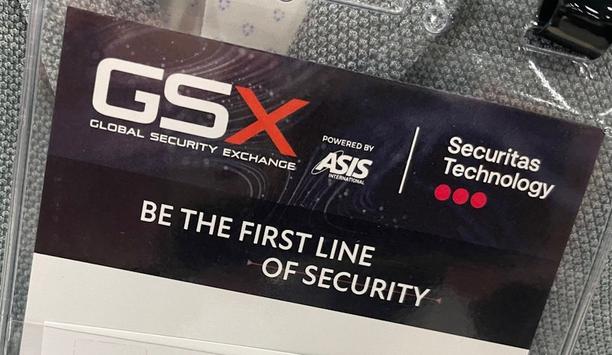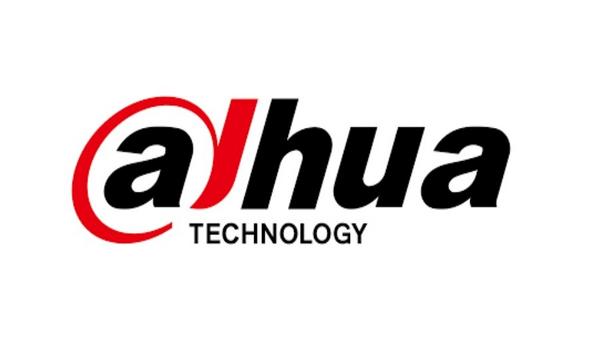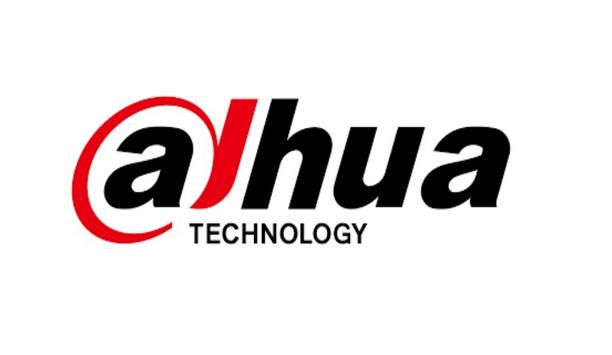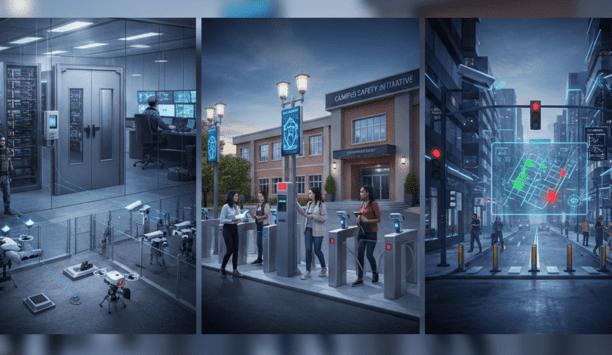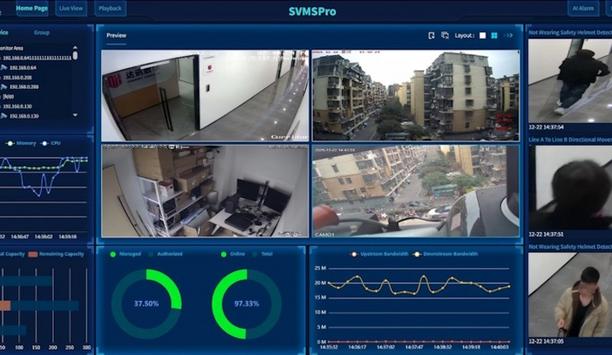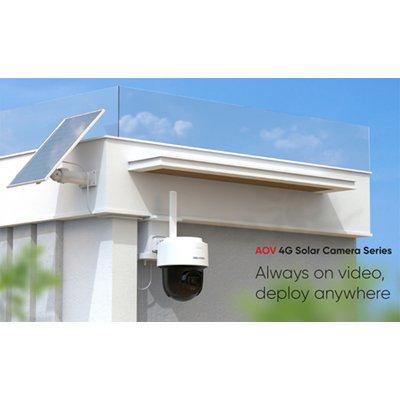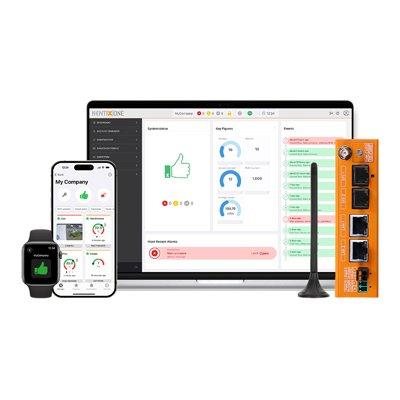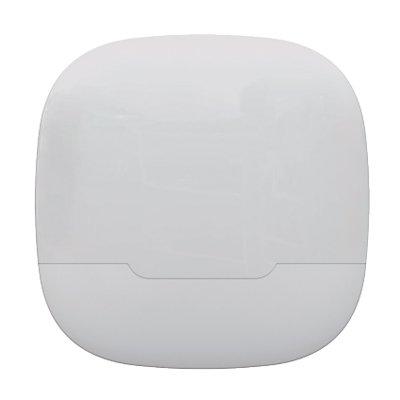In a layered approach to security, the outermost layer increasingly might refer to an area outside a fence line. The sooner a facility is alerted to a possible threat, the better, and when a threat reaches inside a facility’s fence, it may be too late to mitigate it. Security directors need situational awareness that extends outside the facility and provides the ability to intercept intruders before they become a threat.
Zones of interest, or buffer zones, outside a facility’s fence line are particularly important for security professionals at facilities such as refineries, electrical stations, chemical plants and other elements of critical infrastructure. Ground-based radar systems are expanding the capabilities of buffer zone surveillance at economical prices and with low false alarm rates. Use of multiple radar streams and “behaviour filters” to analyse moving targets has demonstrated its capability in such applications to provide an early warning of intruders and/or to guide pan-tilt-zoom cameras (based on GPS coordinates) to provide real-time images of intruders before they get inside a facility.
“What we’re seeing is an upswell in interest and implementation,” says Logan Harris, CEO of radar system supplier SpotterRF. “Security managers are saying it isn’t enough to have sensors on the fence line. Now we need situational awareness of what’s going on around a facility, and to intercept it before it becomes a threat.” The flexibility of behaviour filters allows adjustments to define specific behaviours and ignore irrelevant data.
The technology has particularly gained attention in the utility industry, which is looking for a means to mitigate risks such as an attack last year on PG&E Corp.'s Metcalf electric power transmission station near San Diego, Calif., involving a sniper who fired a high-powered rifle for 19 minutes and knocked out 17 giant transformers that supply electricity to Silicon Valley. This August, the same electrical substation was breached for a second time, despite the utility’s efforts to bulk up security after the initial attack.
“A lot of security risks, especially internationally, may be a matter of life and death, and two minutes’ advance warning can make all the difference,” says Harris. “That’s where we come in, giving them that extra early warning.” The simplified system could be installed by anyone with experience setting up an IP camera, Harris says.
"Security managers are saying it |
SpotterRF has teamed with Sensei Solutions to provide a perimeter security approach for electric utilities. Combining SpotterRF radar with Sensei’s sensor fusion software enabled false alarms to be reduced to zero after processing 77,000 events during an eight-week trial period, according to Harris.
Displaying its technology at ASIS, SpotterRF saw a lot of interest among utilities and oil and gas companies, and there were some other applications mentioned, too. For example, Harris says SpotterRF can help prevent remotely controlled quadcopters (or drones) from delivering contraband over a fence and into a prison. “They need something that can detect small objects in the air, and our radar is suited for that,” he says.
SpotterRF is also a component of the perimeter protection of Mount Rushmore National Memorial in South Dakota, where it helps to protect wide open spaces and rough terrain. Mount Rushmore covers more than 1,200 acres that require constant monitoring, and SpotterRF radar amplifies the effectiveness of existing systems, which include infrared (IR) cameras, video analytics and other intrusion detection technologies.
The company’s newest, widest-coverage radar system – the SpotterRF C950 – is a trim five pounds and provides 300-acre coverage (twice the previous area). There are no moving parts to maintain as with rotating radar that provides similar coverage potential.
Weather conditions such as rain and snow can negatively impact the effectiveness of video analytics systems, and low temperature differentials (such as when a human walks across hot pavement) can undermine the effectiveness of thermal cameras for early detection. “Radar uses a completely different method, transmitting RF waves, bouncing off targets and then being evaluated. It’s all solid-state, we scan an entire area seven times a second. We collect more data and use efficient algorithms to identify and rule out objects that are not of interest (such as the wind blowing trees). This reduces false alarm rates.”
A SpotterRF mobile kit can be used to protect a smaller substation in less than an hour, and weighs less than 50 lbs. Magnetic clamps make installation quick; the system plugs into the wall, uses a cellphone modem and can be operating in less than an hour. Security system manufacturers are integrating their systems with SpotterRF; for example, Honeywell highlighted its Vindicator system’s integration with SpotterRF at the ASIS 2014 trade show.
From facial recognition to LiDAR, explore the innovations redefining gaming surveillance









